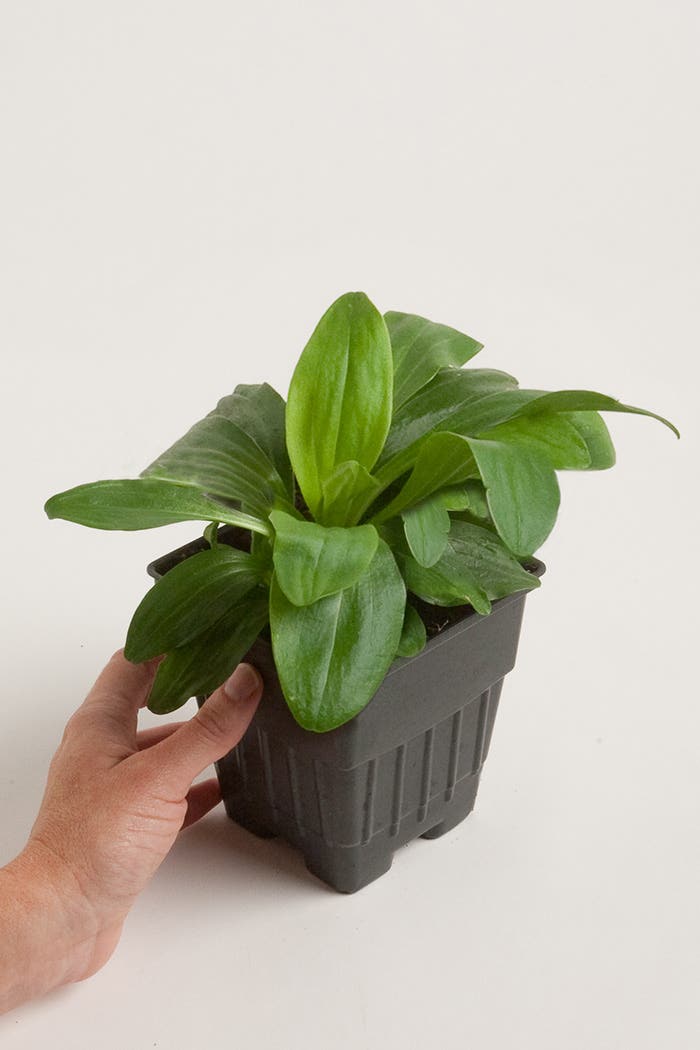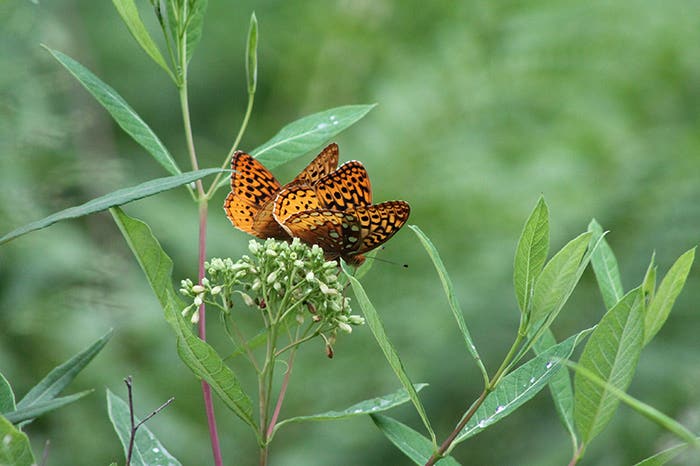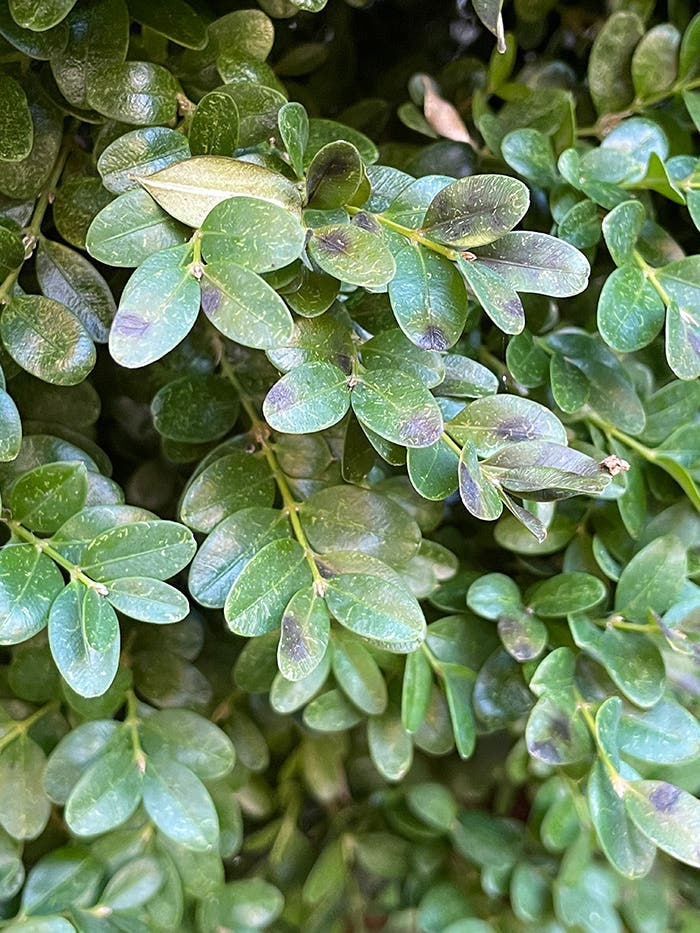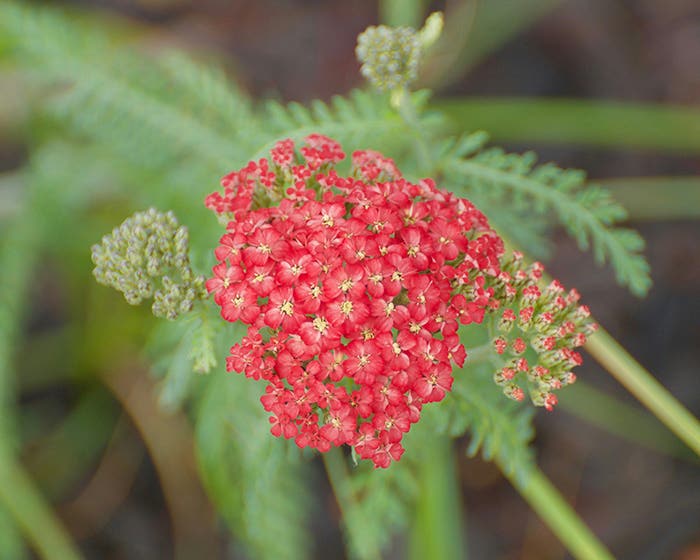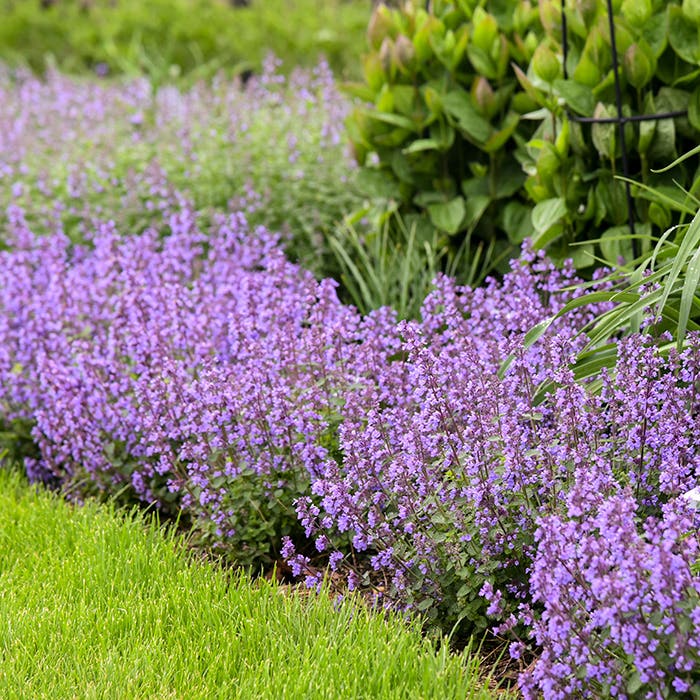Gardening Book Reviews: The Cambridge Illustrated Glossary of Botanical Terms
BY VALERIE EASTON The Cambridge Illustrated Glossary of Botanical Terms by Michael Hickey and Clive King Cambridge University Press; 208 pages paperback; $29.95 This reference book looks a little intimidating,…
BY VALERIE EASTON
The Cambridge Illustrated Glossary of Botanical Terms
by Michael Hickey and Clive King Cambridge University Press; 208 pages paperback; $29.95
This reference book looks a little intimidating, but is filled with clear illustrations and explanations of much that puzzles nonscientists about the plant world. I'm afraid I'm always describing the centers of flowers as “fluffs” or something equally inaccurate, but here, under “Floral Features,” I find drawings of a variety of anther configurations. I'm afraid I'll never be able to be quite so flip again.
How leaves attach to stems, the various forms of leaves, the intricacies of root structure, and the shape of trees, from tall columnar to lax prostrate, are illustrated in black-and-white line drawings and clearly labeled. The complexities of cones and fern fronds show off the Lilliputian architecture of plant forms.
Thousands of terms are defined in an extensive glossary at the front of the book, where each description is satisfyingly brief and nontechnical (meaning I can understand them enough to actually apply them to plants). For example, did you know that some plants have nuptial nectaries? Or that there are 24 levels in the taxonomic rankings? Did you know that plants respond to nighttime darkness, and that this movement is called nyctinasty? For those of us who came to horticulture by being attracted to the art of it, and so are still playing catchup on the scientific end of things, this book could prove invaluable.
You can buy this book on Amazon
----------
Urban Sanctuaries: Peaceful Havens for the City Gardener
by Stephen Anderton
Timber Press; 144 pages; $29.95
I'm always a sucker for beautiful books, and this is one of the loveliest I've seen in quite some time. I'm not usually that interested, however, in books on garden sanctuaries, as there have been so many in the last few years, all saying pretty much what any closely observed Japanese garden clearly reveals—that nature enclosed and edited provides respite for the soul.
But don't let this rant put you off, because Anderton's book is a gem, with gorgeous photos of small-space gardening. It is refreshing, particularly in a book first published in England, to see truly small gardens rather than small estates. These are stylish gardens, with as much of an emphasis on materials and decoration as on plants. But what makes the book special, and ultimately useful as well as beautiful, is that these are personal gardens that reveal the soul, or at least the taste, of the owners. There is great care, originality, and detail shown in the photos. Maybe that is what a sanctuary garden really is, anyway—a place that reflects our own natures sufficiently to soothe, nourish, and provide a backdrop for reflection.
You can buy this book on Amazon
-------------
Sunset Western Garden Book
edited by Kathleen Brenzel
Sunset Publishing; 768 pages; $32.95
If there is one item common to every western gardener's bookshelf, it is this book, a classic since it was first introduced in the 1930s, and a template for the best in regional reference books. Now there's a new edition. Editor Brenzel describes her year-and-a-half task of revision as a little like conducting an orchestra. Her core staff of ten worked with experts all over the West, including extension agents, nursery owners, growers, and climatologists.
The heart of the book remains the plant encyclopedia, with 8,000 listings, thousands of them new. The section on salvias has color photos and is greatly expanded; and there are new kinds of apples, lavenders, and rhododendrons. What makes this book so useful is that all these plants were compiled not as a result of some grower or designer's enthusiasm, but by surveying hundreds of nurseries all over the west to see what plants are available to the public. This makes Sunset that most unusual beast—a one-stop reference source. The plants listed are actually available in nurseries, and thorough cultural information is provided in the encyclopedia section. This edition also emphasizes the potential invasiveness of some plants (especially in Hawaii's hospitable climate), and responsible sources for native plants.
As with many an old friend, we tend to take the Sunset Western Garden Book for granted, forgetting the wealth of information between its pages. Rather than going online or turning to a CD-ROM, you can just open this book to find comprehensive and knowledgeable lists for special situations, such as hardy plants for tropical effects, deer-resistant plants, or the best plants for windy areas or soggy spots. A section on demystifying plant names lets readers in on the information to be learned from scientific names, and the glossary explains things like palmate leaves and what in the world underplanting really means. An index to common names aids gardeners of every vintage. For someone like me, who knows all the plants my mother grew by their common names, and all the plants l've learned in the last ten years by their scientific names, such an index is most welcome—as is this entire new edition, which, with its drawings, photos, and reliable expertise, earns its place on the desk and out in the garden.
Find this book on Amazon
-----------
The Plantfinder's Guide to Daisies
by John Sutton
Timber Press; 192 pages; $34.95
It wasn't just the golden-rayed, chocolate-centered Rudbeckia fulgida ‘Goldsturm’ adorning the cover that drew me to this new book. I love that an entire book has been devoted to these common favorites. While it is true that daisies are not the most subtle or refined of plants, few flowers look better come late summer, in the garden or in the vase. A daisy-shaped flower, with its open face, central disk, and ray of petals, is instantly recognizable, but what really do we mean by daisies?
The daisies belong to the largest family of flowering plants on earth, the Asteraceae, made up of 1,500 genera and 23,000 different species, many native to North America. Heleniums, rudbeckias, echinacea, asters, chrysanthemums, and helianthus are the ones we grow most often in our gardens. Most are straightforward in their needs and easy to cultivate. Many are dependably hardy herbaceous perennials and some are annuals; nearly all prefer sunshine and reasonably well-drained soil. Such daisies as achilleas, centaureas, and coreopsis species and cultivars are drought tolerant; some members of the family prefer heavier, moisture-retentive soil, including ligularias, rudbeckias, eupatoriums, and heleniums. And all those different plants aren't even the most surprising members of the daisy clan— dahlias, ornamental thistles, the various artemisias, and cardoons are also part of the extended family.
Cultural information is given for all the many choices, as is a thorough listing of cultivars. Most useful, perhaps, are the color photos showing the full plant close up against a white background, making them good for identification, and not unlike the Phillips and Rix books (e.g., The Random House Book of Perennials, 1991) that are such a necessity for figuring out which cultivar is which. Such a readable and inclusive approach provides a fresh look at the virtues and possibilities of plants so long familiar and perhaps needlessly overlooked.
You can buy this book on Amazon

